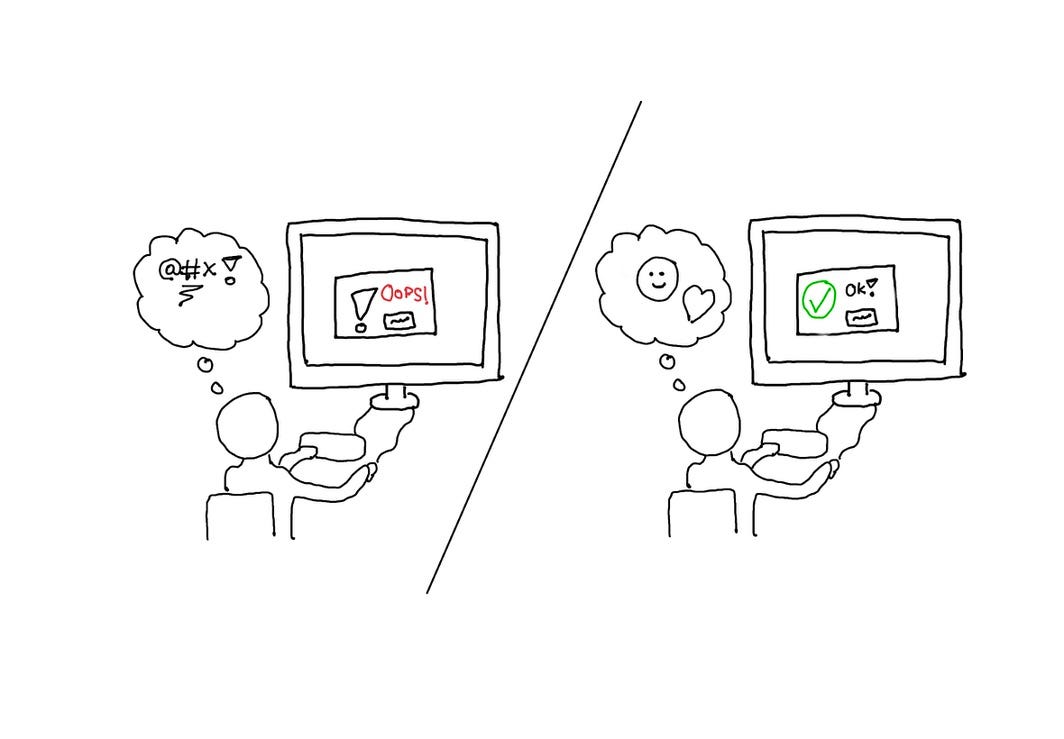Reliability: Building Trust in the Digital World
Welcome back to our series on crucial non-functional requirements in software architecture! After exploring scalability, we're now diving into our second key topic: reliability. In the digital realm, reliability is the unsung hero that keeps users coming back and builds the foundation of trust.
What is Reliability in Software Architecture?
Reliability in software architecture is like a dependable friend - always there when you need them, consistent in their behavior, and able to handle unexpected situations gracefully. It's not just about avoiding crashes; it's about consistently meeting user expectations under various conditions.
Think of reliability as the backbone of user trust. In a world where users have countless options at their fingertips, reliability can be the differentiator that keeps them loyal to your product or service.
Key Aspects of Reliability
Let's break down the critical components that contribute to a reliable system:
1. Fault Tolerance 🛡️
Fault tolerance is the ability of a system to continue operating properly in the event of the failure of some of its components. It's like a car that can still drive safely even if one tire goes flat.
Strategies for Fault Tolerance:
Redundancy: Having backup components or systems
Graceful degradation: Continuing to provide core functionality even when some parts fail
Circuit breakers: Preventing cascading failures in distributed systems
2. Error Handling 🧯
Proper error handling is about managing unexpected situations gracefully. It's not just about preventing crashes, but about providing meaningful feedback to users and maintaining system stability.
Key Principles:
Fail fast and fail visibly: Detect and report errors as soon as possible
Provide meaningful error messages: Help users understand what went wrong and what they can do
Log errors comprehensively: Enable efficient debugging and issue resolution
3. Data Integrity 🔒
Ensuring data remains accurate and consistent is crucial for maintaining trust. Imagine a bank where your balance randomly changes - not very reliable, right?
Approaches to Maintain Data Integrity:
Transaction management: Ensuring that complex operations are completed entirely or not at all
Data validation: Checking input data for correctness and meaningfulness
Backup and recovery mechanisms: Protecting against data loss
4. Monitoring and Alerting 🚨
Proactively identifying and addressing issues is key to maintaining reliability. It's about fixing problems before users even notice them.
Essential Monitoring Practices:
Real-time performance monitoring: Tracking key metrics like response time and error rates
Automated alerting: Notifying the right people when issues arise
Predictive analytics: Using data to anticipate and prevent potential problems
The Balance Act: Reliability vs. Other Concerns
While reliability is crucial, it's important to balance it with other system qualities. Here's where our Architect's Alert comes in:
🚨 Architect's Alert: While striving for high reliability, be mindful of the trade-offs. Extremely high reliability can sometimes come at the cost of increased complexity or reduced performance. Balance is key!
For example:
Implementing multiple layers of redundancy might increase reliability but also increase system complexity and cost.
Extensive error checking might improve reliability but could impact system performance.
The key is to find the right balance based on your specific use case and user expectations.
Strategies for Improving System Reliability
Now, let's discuss some go-to strategies for enhancing reliability:
Design for Failure: Assume that every component can and will fail, and design your system accordingly.
Implement Chaos Engineering: Deliberately introduce failures in your system to test its resilience.
Use Proven Patterns and Technologies: Leverage well-established reliability patterns and battle-tested technologies.
Continuous Monitoring and Improvement: Regularly analyze system behavior and iteratively improve reliability.
Automate Everything Possible: Reduce human error through automation of deployments, testing, and operations.
Conclusion
Reliability is not just a technical consideration - it's a business imperative. In the digital world, reliability builds trust, and trust is indeed the currency of success. By focusing on fault tolerance, error handling, data integrity, and proactive monitoring, you can create systems that users depend on, day in and day out.
Question for You: What's your go-to strategy for improving system reliability? Have you faced any interesting challenges or discovered any unique solutions in your quest for reliability?
Share your experiences in the comments. Let's learn from each other and build more reliable systems together!
Stay tuned for our next post, where we'll explore another crucial non-functional requirement in our architectural journey.


